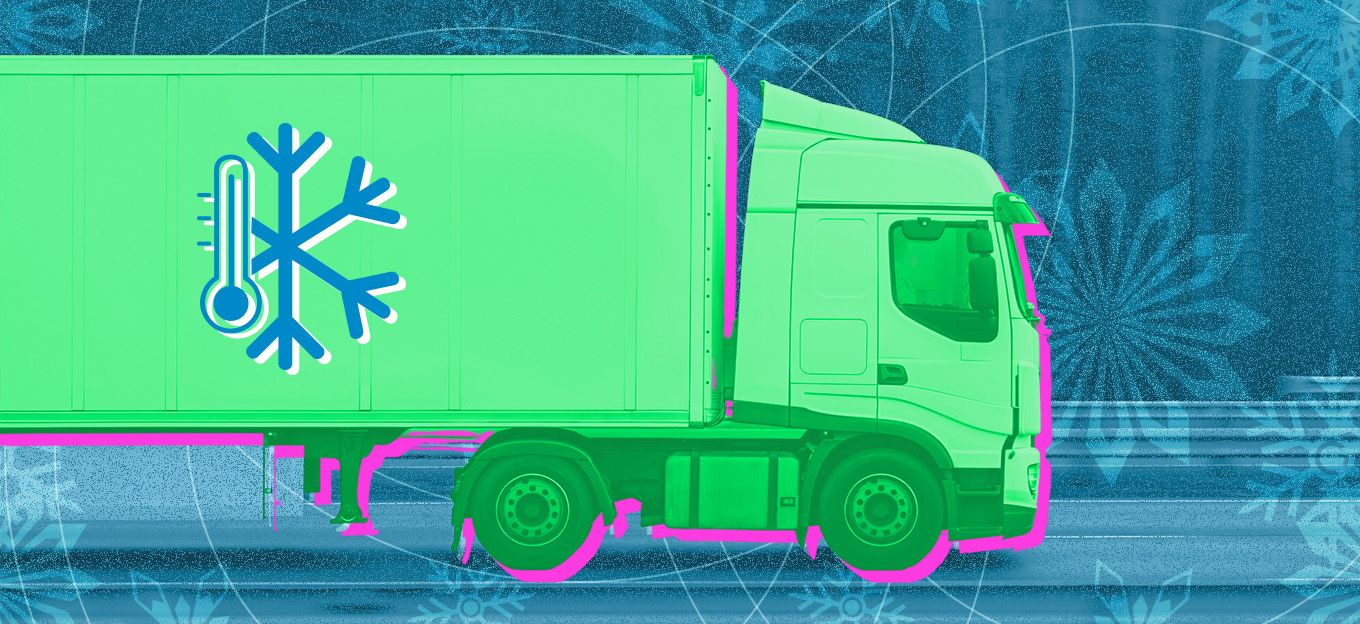Maritime IoT Charts a Course to Smarter Shipping
Maritime IoT Charts a Course to Smarter Shipping
- Last Updated: May 13, 2025
Emily Newton
- Last Updated: May 13, 2025



The Internet of Things (IoT) has significantly improved visibility across numerous industries, allowing leaders to identify bottlenecks, enhance quality control, and prevent adverse consequences. Decision-makers have been especially interested in using the IoT in maritime industry applications since ship-related journeys can take weeks and span numerous countries.
As numerous supply chain partners handle those trips, variables such as poor processes, inclement weather, and temperature-related fluctuations can result in goods arriving in unsellable conditions. Fortunately, maritime IoT sensors can prevent such outcomes by alerting people to problems before it is too late, facilitating better consistency.
Better Environmental Compliance
Maritime industry professionals must juggle shipment efficiency with sustainability. Some companies have built ships with high-tech features that reduce emissions and allow them to use greener power sources. Those are excellent steps in the right direction. However, compliance measures should accompany these new technologies. Sensors can verify whether vessels passing through specific zones or ports meet their emissions reduction targets.
In one example, Belgian authorities launched an automated, sensor-based system that measures the emissions of passing vessels. Approximately 200,000 ships go through the Belgian section of the North Sea each year. However, many of them emit CO2 and regulated pollutants at elevated levels. Sensors could curb that practice as part of a wider rollout, including drones and planes flying over vessels.
The parties overseeing the development of this sensor anticipate using it for 24/7 port monitoring. Its innovative design can measure at least 30 ships daily and gather data when ships are up to six miles from the sensor. Authorities will receive automated alerts about suspected violations, allowing them to investigate further. For example, they could arrange an aircraft flyover or in-depth fuel inspections once the vessels reach port.
The group that developed the sensor began testing it in 2023 and eventually installed it at the Port of Zeebrugge’s traffic control center. Future applications may involve placing a sensor within an offshore wind farm at the southern tip of the Belgian North Sea Zone. That approach would help decision-makers learn more about the overall traffic within the region.
Improved Safety
Statistics indicate that the growth rate of the marine industry exceeds that of the United States economy. That reality makes it an appealing choice for people searching for stable career opportunities. However, some downsides exist — workers may spend months at sea, making it difficult to manage relationships and other personal obligations.
Some roles also have more inherent dangers than others. For example, oil tankers carry explosive liquids and require crew members to follow stringent safety measures. Using IoT devices in maritime industry applications can reduce some potential threats.
One company’s system combines connected sensors with wireless and positioning technologies to locate individuals during emergencies, including reports of lost crew members. Customer feedback on the solution revealed that it could save more than $1 million by reducing the time required to find unaccounted-for crew members.
When safety wearables show the real-time location of all vessel workers or warn of a potential cargo fire, leaders can respond faster to determine what is happening and how to mitigate the negative effects. Many of these products integrate into what crew members already wear, such as helmets and vests. They do not need to remember to put on additional items, and they will remain safer due to the built-in technologies.
Enhanced Tracking
As the world’s supply chains become larger and more complex, many industries will grapple with persistent challenges. A 2024 study found that 97% of worldwide organizations prioritized supply chain restructuring that year. That can become a massive effort, and optimizing outcomes may take a while. Meanwhile, maritime IoT sensors could provide measurable improvements by showing decision-makers where their shipped goods are at any time.
Leaders can choose models that track temperature, vibrations, moisture, and other issues that may ruin goods in transit if they are not addressed. The real-time data from these sensors can determine the time and location associated with unwanted events, helping leaders determine if most involve a specific supply chain partner. If so, they may establish new quality control metrics for the entity and consider ending the business relationship if needed.
One sensor for reefer containers keeps the internal environment within a 10-degree range and provides users with abnormal event warnings. Supply chain leaders can then track the status of multiple containers on a unified dashboard. As of August 2024, the company had more than 100,000 connected reefer containers in use alongside those made for dry goods. Shipping professionals use geofencing and integrated networks to maintain uninterrupted communications as the containers move through the supply chain.
Tighter Security
Some sensors can also detect events such as unauthorized stops or occasions when people open the container unexpectedly. When leaders track those events, they can determine if they are worth investigating or if there is evidence of security breaches. IoT technologies may have alarms that emit audible warnings while remote parties receive virtual notifications about the incident.
Alarms could act as theft deterrents for would-be criminals who believe they can successfully take things from shipping containers because they do not see people in the immediate area. Even if that location seems unsupervised at the given moment, the IoT allows people to watch their cargo at any time and from anywhere.
This up-to-the-minute data also minimizes insurance claims because it allows executives to take action before spoilage, theft, or other issues occur. Depending on an IoT solution’s scope and functionality, it may enable parties to secure lower premium insurance rates by proving to insurers that they have taken substantial steps to manage and reduce risks.
Unlocking Insights With Maritime IoT Products
These fascinating examples show that using IoT technology in maritime industry applications can protect supply chain professionals’ bottom lines and provide ongoing operational visibility. Parties not using IoT devices should strongly consider adopting them to take advantage of their many benefits.
The Most Comprehensive IoT Newsletter for Enterprises
Showcasing the highest-quality content, resources, news, and insights from the world of the Internet of Things. Subscribe to remain informed and up-to-date.
New Podcast Episode

Moving Past the Pilot Phase in IoT and AI
Related Articles




